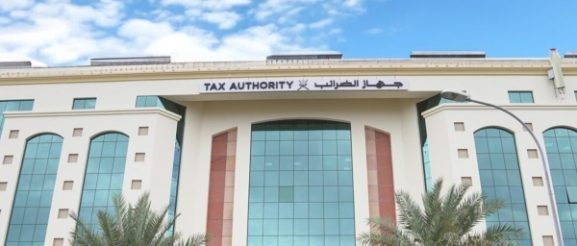Electricity Production in Oman Grows by 11%: Key Opportunities for Investors and Businesses Amidst Rising Demand
Muscat, Oman – By the end of April 2025, electricity production in Oman experienced a significant increase of 11 percent, totaling 13,479.8 gigawatt-hours, up from 12,142.3 gigawatt-hours during the same period in 2024, as reported by the National Centre for Statistics and Information (NCSI).
The Muscat Governorate recorded the highest growth rate in electricity production, soaring by 195.9 percent to reach 93.9 gigawatt-hours. Both North and South Al Sharqiyah governorates reported a 2.8 percent rise, totaling 2,659.6 gigawatt-hours, while Musandam Governorate showed a 16.6 percent increase, achieving 128.2 gigawatt-hours.
In contrast, the combined output from North and South Al Batinah and Al Dhahirah governorates was 7,970.9 gigawatt-hours, reflecting a 5.7 percent increase compared to the previous year. However, Dhofar Governorate faced a decline of 4.5 percent, with electricity production at 1,699.1 gigawatt-hours. Similarly, Al Wusta Governorate experienced a 3.2 percent decrease, producing 42.3 gigawatt-hours.
Further statistics indicated an 11.5 percent rise in net electricity production across the Sultanate—encompassing purchases by the Oman Power and Water Procurement Company and the Rural Areas Electricity Company—resulting in a total of 13,103.7 gigawatt-hours by the end of April 2025, compared to 11,748.5 gigawatt-hours in the same period of 2024.
Additionally, water production in Oman showed a slight decline of 0.6 percent, reaching approximately 162.364 million cubic meters, down from 163.309 million cubic meters during the corresponding period in 2024.
Special Analysis by Omanet | Navigate Oman’s Market
The 11% increase in electricity production signifies a robust growth trajectory for energy-dependent businesses in Oman, indicating a potential boost in economic activity. However, the contrasting performance across different governorates — particularly the decline in Dhofar and al Wusta — presents regional risks that investors should closely monitor. Forward-looking entrepreneurs should consider the diversification of energy sources and target regions seeing growth to capitalize on emerging opportunities.


